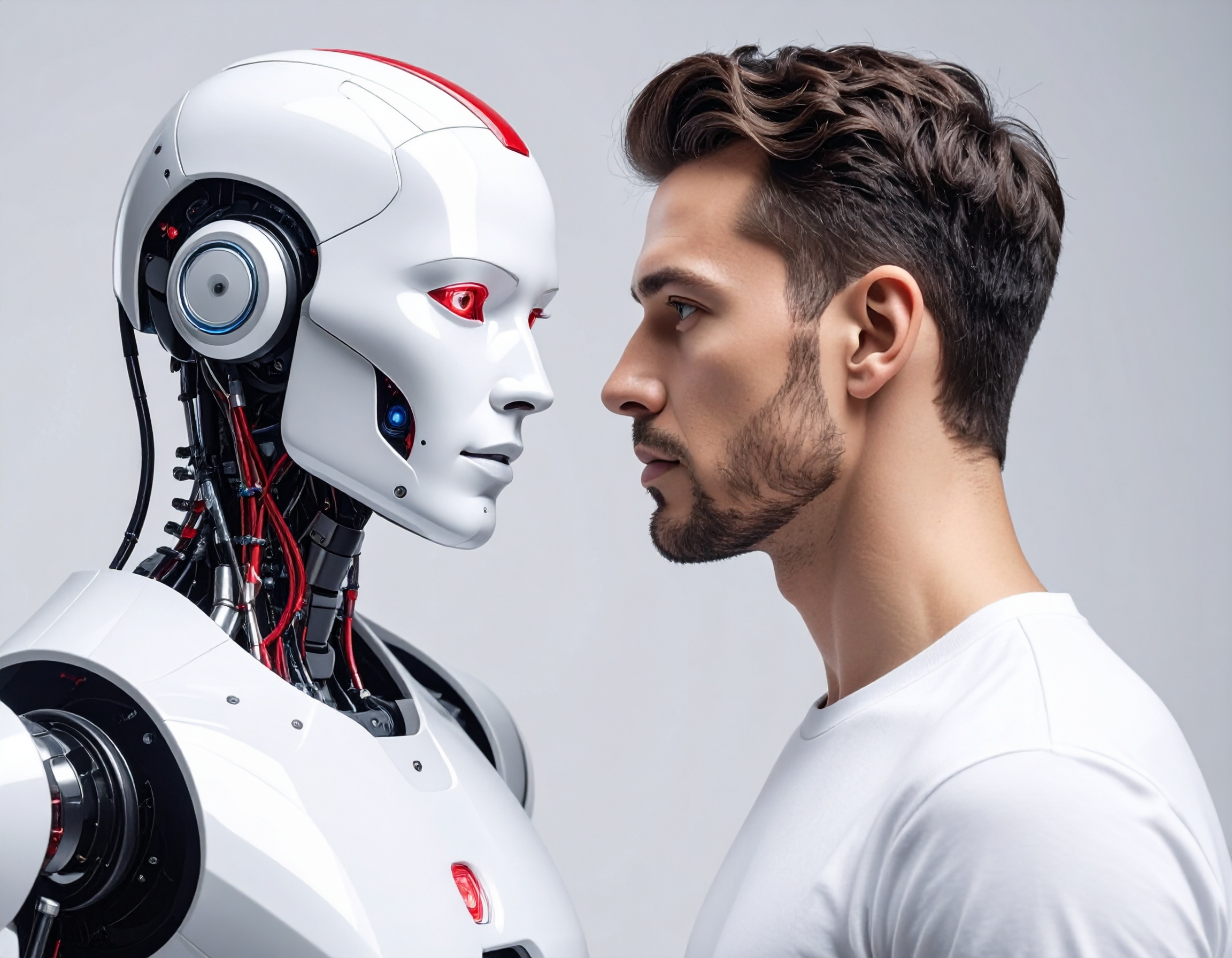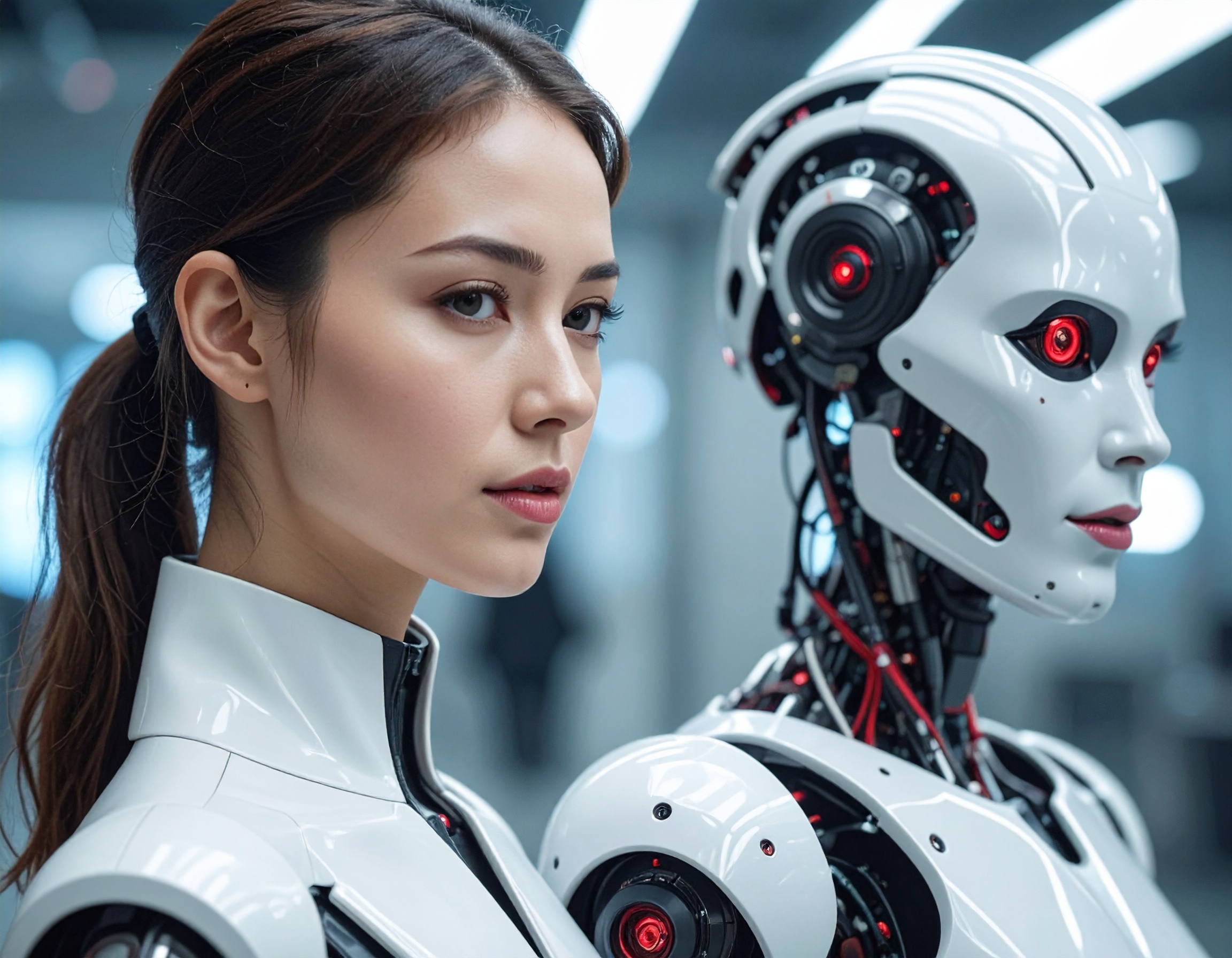Rise of the Non-Human Workers: How Food Delivery Robots Are Reshaping Urban Logistics

The dawn of “AI Employees” on our sidewalks
In early October 2025, CNN published a report highlighting how food delivery robots are being deployed more widely and are beginning to function as non-human workers in place of human couriers. These autonomous vehicles—not unlike mobile robots rather than drones—move along sidewalks, navigate urban terrain, and drop off meals at customers’ doors. The article explores how this shift is happening now, why it matters, and what challenges lie ahead. (Source: CNN)
The move toward robotic couriers is more than a novelty: companies view them as AI Employees that, after upfront costs, can deliver at a lower marginal cost than paying humans (no salaries, breaks, or insurance). The deployment suggests a tipping point where robotics cross from controlled pilot zones into everyday urban life.
What exactly is happening (and where)
The rollout is already underway in multiple cities and countries. Key facts and examples from the article include:
- Startups operating fleets of delivery robots now serve cities in Europe and North America, expanding beyond campuses into public streets.
- These robots are often lightweight, sidewalk-sized machines, capable of carrying food parcels over short distances.
- Some deployments are experimental (e.g. limited zones), but momentum is growing as costs and reliability improve.
- Challenges remain: navigating curbs, weather conditions, sidewalk congestion, and interactions with pedestrians.
Because these non-human workers run autonomously (or semi-autonomously), they reduce reliance on gig-economy couriers for short, dense routes.

Why this matters — implications & evidence
This shift carries both economic and social significance:
- Cost pressure: As robots replace some human delivery tasks, restaurants and delivery platforms can reduce labor costs or reallocate human couriers to more complex routes.
- Scalability in low-density zones: Robots may make deliveries viable in suburban or less dense areas where hiring human couriers was previously uneconomical.
- Labor & policy questions: Widespread use of non-human workers raises questions about job displacement, regulation, liability, and public acceptance.
- Technical and real-world obstacles: The robots face real hazards—slippery surfaces, unexpected obstacles, vandalism, snow—meaning reliability is still imperfect.
In sum, the robot couriers are moving from fringe trials toward significant operational roles in urban logistics.
Looking ahead: voice, autonomy, and coexistence
Going forward, we may see integration of Voice AI Agents into the customer interface—robot couriers greeting or interacting vocally, confirming orders or directions. Moreover, hybrid systems could emerge where human couriers handle complex parts of routes and robots handle the predictable “last leg.” The success of this evolution depends on continued improvements in autonomy, navigation, and human-robot coexistence in public spaces.
Key Highlights:
- In October 2025, CNN reported expansion of food delivery robots functioning as non-human workers.
- These AI Employees aim to reduce marginal delivery cost and serve areas human couriers cannot economically.
- Deployments already exist in multiple cities; challenges include navigation, weather, and public safety.
- The shift raises major questions — about jobs, regulation, and how robots and humans will share urban spaces.
- Future directions may involve Voice AI Agents on delivery bots, and hybrid human-robot delivery models.
Reference:
https://edition.cnn.com/2025/10/03/tech/food-delivery-robots-cec


